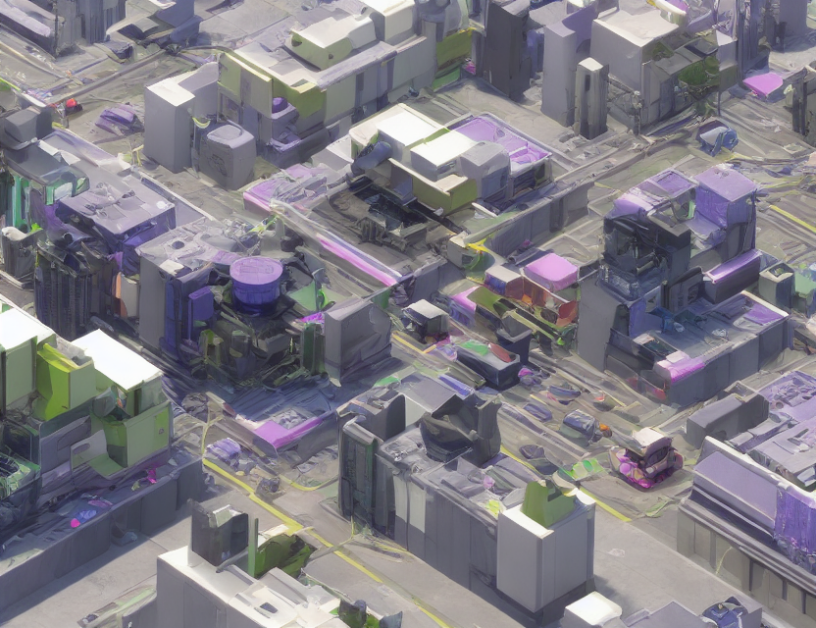The core component of ViTs is the attention mechanism, which was originally designed for natural language processing tasks. The attention mechanism allows the network to focus on different parts of an image when processing it, much like a human looks at different parts of an object when inspecting it. In the context of computer vision, this means that the network can pay more attention to areas of the image that are relevant for a particular task, such as recognizing objects or their locations.
Section 2: Modular Architecture
ViTs have a modular architecture, which means that they are composed of multiple components that work together to perform a specific task. The modules in a ViT can be thought of as building blocks that can be combined and rearranged to create different networks for different tasks. This modularity makes it easier to design and train new ViTs, as well as to adapt existing ones for different applications.
Section 3: Variants of Vision Transformers
In recent years, numerous variants of ViTs have been proposed to improve their performance or adapt them for specific tasks. Some of these variants include:
- Swin Transformer: A general vision transformer backbone with cross-shaped windows.
- DeiT III: A module that reweighs each token according to its similarity to the other tokens extracted from the image, enabling information fusion across large spatial distances.
- Hybrid architectures: These replace attention or combine it with convolutions to improve performance or adaptability.
Section 4: Strengths and Limitations
ViTs have several strengths that contribute to their popularity, including:
- Global perspective: ViTs can capture long-range dependencies in an image by considering the entire input when processing each patch.
- Flexibility: The modular architecture of ViTs allows them to be adapted for different tasks and resolutions.
- Efficiency: ViTs have a relatively low computational cost compared to other neural network architectures, making them suitable for large-scale image classification tasks.
However, ViTs also have some limitations, including
- Computational complexity: While the computational cost of ViTs is lower than that of other architectures, it can still be high for very large images or complex tasks.
- Limited interpretability: The attention mechanism used in ViTs makes it difficult to understand why the network is making a particular prediction, which can limit their usefulness in some applications.
Conclusion: In conclusion, Vision Transformers are a powerful tool for computer vision tasks that have shown promising results in recent years. Their modular architecture and attention mechanism make them flexible and efficient, but they also have limitations that should be considered when selecting an architecture for a particular task. Further research is needed to improve the interpretability of ViTs and to adapt them for even more complex tasks.



